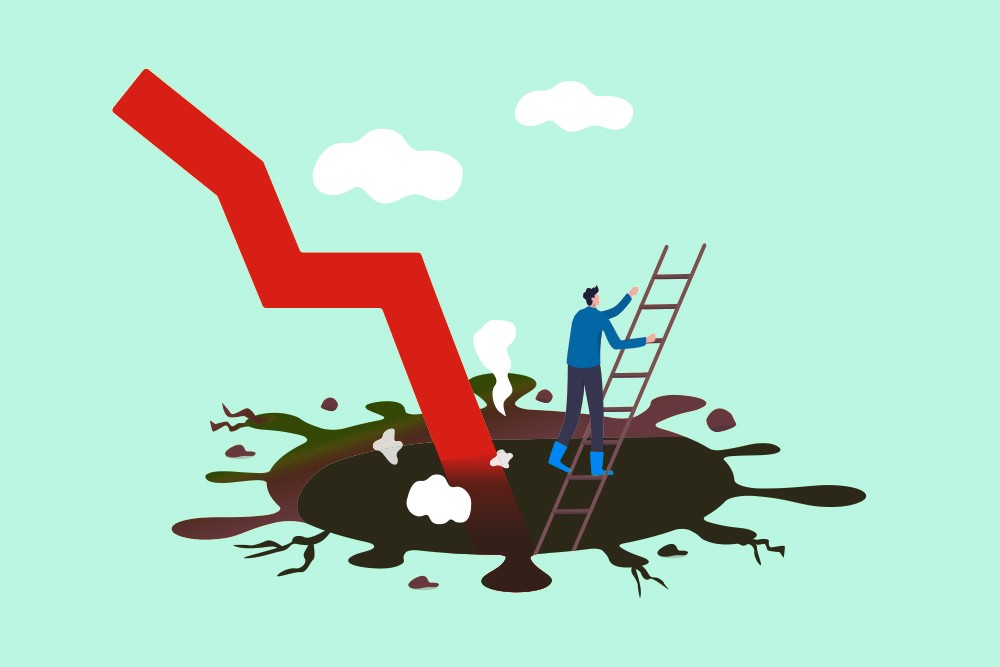A new report has defined five key areas bricks and mortar retailers can focus on in a bid to improve the bottom line as the COVID recovery for the retail sector increases in momentum.
Artificial Intelligence company Olvin recently released their ‘Retail Statistics, Trends, and Forecasts For 2021’, noting there is exciting opportunity for real-world retail in the years ahead, but only if they capitalise on lessons learned in 2020.
Here’s an insight into what they found…
The fallout from 2020
Olvin minced a few words when it came to outlining just how tough 2020 was on retailers.
They noted 90 per cent of consumers said their shopping habits had been impacted by COVID, while bricks and mortar shopper volume was down by a third compared to 2019 in October alone.
Of the verticals affected, fashion was among the hardest hit, with revenues in 2020 down 27 per cent to 30 per cent compared with 2019.
Still, it wasn’t all bad news.
Some areas of retail actually grew, with food and beverage sales up 8.5 per cent, general retail increasing by 7.8 per cent, and cleaning products alone seeing a spike in sales of up to 40 per cent.
Meanwhile, omnichannel retail was of course a clear winner.
“Around 15 per cent of consumers that responded to an online survey said that as of June 2020, they were using online, pickup, or in-store services more often,” Olvin reported.
“And that’s partly because of the increase in businesses that are investing in omnichannel – the use of omnichannel approaches has risen by 80 per cent since the start of 2020.
“It makes sense – retailers have to adapt, and there has probably never been a time that they have needed to adapt faster than during a global pandemic.”
The road ahead

The retail sector rebounded over the holiday season with record spending also extending into Valentine’s Day and Easter.
That said, Olvin notes around 40 per cent of Americans don’t expect their finances to return to normal until late 2021 or even 2022 and beyond.
Despite this, there is a widespread sense of optimism in the recovery of the economy. Forty-one per cent of people in the US said they were optimistic about the economic future.
And, as a result, 12,200 stores have revised their plans to close.
But how can retailers maximise that optimism and translate it to the opportunity ahead?
Bricks and mortar potential
Olvin said despite a tough 2020, there is hope for the future of real-world retail based on the recent resurgence in both sales and optimism.
But they note it will centre around four key trends emerging post-COVID.
A focus on the consumer
More than ever before, the customer experience will be critical in the months ahead.
“Knowing your customers might be one of the first rules of retail, but after setting up, many businesses lose sight of what their customers want…,” Olvin said.
Ethical activity
The conscious consumer has steadily been shaping retail in recent years. The period ahead sees this trend likely to strengthen.
“The increase in the amount of information that is available about companies means that consumers are also becoming increasingly conscious of the power their purchases have,” Olvin said.
“Customers are not only choosing the products they buy much more consciously, but they are also deciding which businesses they are prepared to buy from much more carefully too.”
Cost-cutting
The retail bottom line is increasingly becoming the differentiator between the stores that thrive and those who fail to survive. And shoring up this bottom line through cost-cutting is essential.
“To remain competitive, retailers are likely to be cutting their costs significantly in 2021 – and will need to do so while keeping the right balance with their ethical credentials,” Olvin noted.
Creative use of space
The traditional bricks and mortar could well be a thing of the past, with retailers reconsidering exactly how they utilise their physical real estate.
That’s seeing an increase in alternative uses of retail space, whether it’s a dispatch outlet, an immersive experience, coffee outlets, or in-store recycling facilities.
The final word
When it comes to where people intend to purchase their Easter-related items, discount stores are the most popular choice, with 43 per cent of survey respondents noting they intended to shop there.
Discount stores are followed by:
- Department stores – 35 per cent.
- Online – 35 per cent (the highest percentage in the survey’s history and up from 28 per cent last year).
- Specialty stores – 23 per cent.
- Small businesses or local stores – 23 per cent.
Meanwhile, as vaccination rates increase, celebrations are also on the rise.
